National Parks are among the most beautiful and popular destinations in the United States, but can you go camping here? You want to know how to make the most of your next park trip and want to know how to reserve your camping spot at the National Parks. Whether you plan to backpack or camp with an RV, there are a few things you need to know about National Parks.
National Parks allow for backcountry camping with a permit and limited spots for RV or car camping. You may need a permit to drive an RV in some areas. Apply for a wide range of dates and be flexible with your travel plans, sticking with a small group. Plan ahead as sites will fill quickly.
Here is what you need to know for more information on what you can expect when camping in the National Parks.
How to Camp in National Parks?
While many people want to make the most of their National Park experience, it may not be as cut and dry as whether you are allowed to camp there.
Some parks have designated areas where you can pitch your tent or sleep under the stars. Others have fewer limitations on where and how you can camp.
My article on choosing the perfect spot to pitch your tent will increase your positive experience manifold.
If you want to learn more about what to expect from the National Park Service and the rules of the road, here is what you need to know.
1. Defining Backcountry Camping
Campers who want to explore the very best parts of the national park near them will likely want to look into backcountry camping. This means you won’t be near any of the park’s developed areas.
You won’t be close to a bathroom, a shower, a parking lot, or anywhere with a source of running water. This is the way to go for those who really want to unplug and get off-grid.
Fortunately, this is also the type of camping that most National Parks allow for with the greatest degree of freedom.
Most National Parks will allow you to camp within the boundaries of their “backcountry” areas, defined in advance.
Each park will have different rules and regulations about where and even how you can camp in these areas.
However, the important thing to note here is that this type of backcountry camping offers a greater degree of flexibility.
Even under the backcountry umbrella, there may be some guidelines about where you can pitch a tent.
Some parks will have defined campground areas, and campers aren’t permitted to stay anywhere outside of these campgrounds.
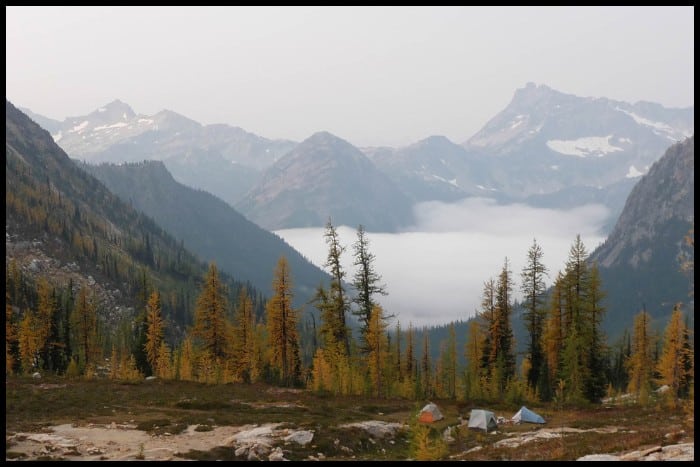
2. Motor Vehicle Camping
If you prefer not to pitch a tent and to stay in a motor vehicle or an RV, you might be out of luck with the National Parks. Backcountry camping means you’ll be relatively far from the nearest parking lot.
You also won’t be able to drive up to your final destination and park in the middle of the woods.
However, some National Parks also have designated areas for those who desire to camp in an RV or another vehicle with more luxury.
This is a wildly popular way to camp, and if you don’t mind sticking to the more populated areas of the parks, then it’s a great option.
National Parks with RV sections are usually better equipped to handle large vehicles. They may have wider roads and turnouts so that you can comfortably maneuver.
Keep in mind that there may also be size restrictions on what the park can accommodate.
Class A motorhomes may not fit at all of the National Parks sites, so be sure to research or call ahead if you’re planning to rent or buy an RV for this purpose.
3. Permits for RV Driving
Driving your RV through the National Parks may not be as simple as entering the park though. In some cases, drivers must obtain permits to drive up and down certain roads within the park.
This is meant to ensure you know how to navigate tighter terrain and control the vehicle. One major park that requires this is Zion National Park in Utah.
This is because larger RVs can’t navigate some roads without crossing the center line.
To this end, they position rangers at each end of the road, allowing those with a permit to safely pass through on their way to the campground. It’s relatively inexpensive, but you’ll want to ensure you have it.
Keep in mind that the hours these passages are open to large vehicles are limited. You’ll need to plan to arrive in time to meet a ranger at the pass, and hours can vary depending on the season.
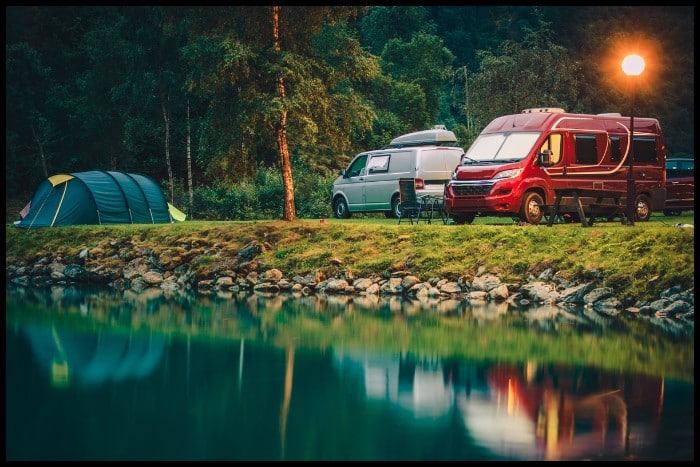
4. Take Advantage of Shuttle Systems
Even if you decide to camp with an RV or stay in a designated campsite, that doesn’t mean you can’t visit the best parts of the park. Forget trekking long distances with all of your gear in tow.
Instead, most of the National Parks have a shuttle system that’ll take you from one stop to the next quickly and easily.
This may not take you to every corner of the park, but the shuttle will usually hit all of the most popular highlights of the park.
Backcountry camping in a more remote section of the park may not be as much of an option for you. You’ll still have to get to the designated pickup and drop-off points if you plan to use this service.
5. Make Reservations
Staying at the National Park is a great vacation. As such, these tend to be popular locations, so you don’t want to show up just to find out that there are no more spots for you.
Some parks have a first come, first served policy on campsites, meaning you need to get there early if you want a spot. However, this isn’t ideal if you’ll be traveling long distances to the park.
Instead, many of the National Parks implement a reservation system.
Remember that if you want to camp during their peak season or during peak times (weekends or holiday weekends), you might need to make a reservation well in advance.
Do check out my article on the beginning and end of camping season for a state/province wise list for the US and Canada.
Not all dates are available all the time. For example, some parks may only release new dates at the beginning of the month and may only book a few months in advance.
Do a little homework to see when dates are available and open for reservation, and mark your calendar.
Chances are that many people want the same spots, and you’ll need to act quickly to get your name on the list.
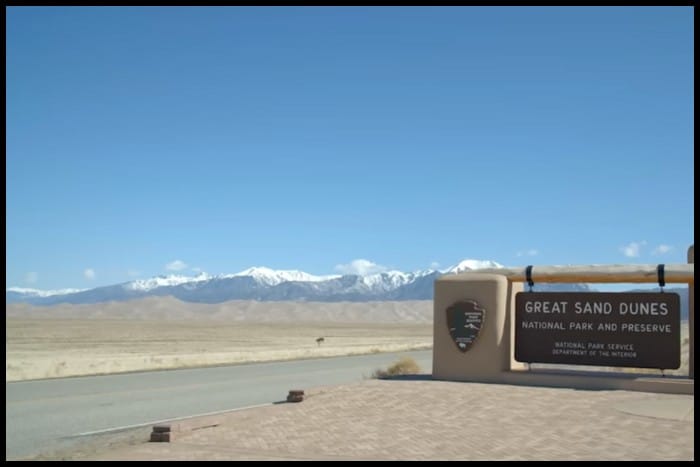
6. Dry Camping for More Plentiful Spots
Often, the RV sites and campsites that go the fastest are those with full hookups.
If you’ve been camping for a while, you know how convenient it can be to power up your RV with electricity or to drink as much water as you want without worrying about running the reservoir dry.
While this is certainly the easiest way to camp, you might have a harder time getting a reserved spot.
On the other hand, if you can adjust to camping without hookups, you might find it easier to get into the National Park of your choosing.
Dry campsites without electricity or water hookups tend to be more plentiful. Most people can go several days without a hookup, especially during the more temperate seasons of the year.
If you don’t need to power your air conditioning unit or fans, you’ll find that more opportunities for camping open up around you.
7. Fees for Backcountry Camping
While you might anticipate needing to pay for a campsite for your RV, many people are surprised to learn that there’s a fee for backcountry camping. You’ll need to get a permit to camp in the backcountry.
The good news is that while this expense may need to factor into a comprehensive budget, it isn’t likely to break the bank.
Often, the permit costs just a few dollars each night and caps out after a certain number of nights.
Don’t try to get away from camping without a permit to save a few dollars. If a ranger finds you in the park sans permit, you could be issued a citation.
That citation often comes with a greater fine than what you would have paid for the permit. You’ll likely have to attend a court hearing for your violation.
Keep in mind that this permit is separate from a National Parks Pass. This pass earns you entrance to the parks but doesn’t permit you to camp out there. You’ll need to pay another fee in order to do this.
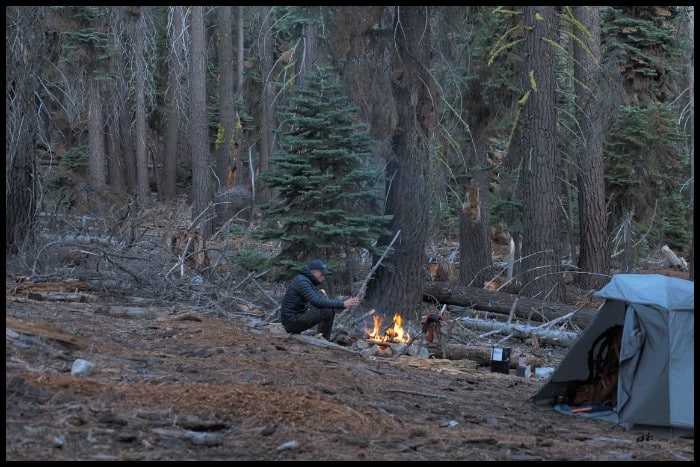
8. Book at Nearby Campgrounds
Camping at an actual National Park campground often requires some planning.
If you want to visit the National Parks but can’t find a reservation for a spur-of-the-moment trip, you might consider surrounding campgrounds.
Often, the National Parks have a KOA campground or a smaller facility nearby.
Having an RV that can hitch a car to the back is a great option if you want to drive back and forth to the park.
However, there may be shuttle services from the campground, or you may be close enough to walk over for the day.
If you’re looking for more of a ‘free’ experience, my article on Can You Camp In National Parks For Free? will help you out!
9. Plan Multiple Trips at Once
One key tip from campers who frequent the National Parks is to keep your plans open and loose.
You’ll need to consider that you may not be able to get a permit at your top choice for your desired dates, especially if you want to go during their most popular times.
Instead, you should try to implement a wider approach. Narrow down your prospective trip to several different campgrounds.
Apply for the permit simultaneously, hoping one of your applications will be accepted.
Some are issued based on the lottery system, so there are no guarantees that you’ll receive a permit even if you were the first person to apply.
Don’t forget that you need to cancel any of the permits you don’t intend to use once you plan your trip.
This allows the park to open its program to other campers who want to experience the best of the National Parks system.
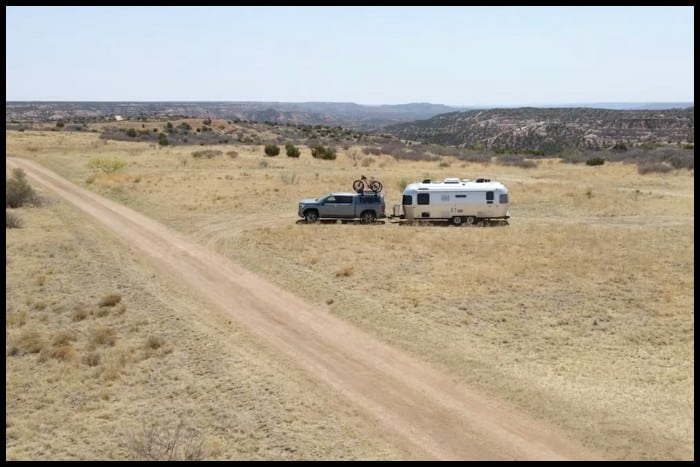
10. Go with a Small Group
Sometimes, permits are granted based on how many people are permitted at any part of the park at one time. This means that campers who have a smaller party are more likely to get their permits approved.
This is partly because camping sites are smaller and cannot accommodate a larger group. Some National Parks may not even issue group permits, typically for six or more parties.
11. Adjust Dates Quickly
If you are using a reservation system that isn’t based on the lottery system, you’ll need to remember that you still need to be flexible with your dates.
Have an idea of your ideal travel dates as well as those that you would accept as a backup. When the site opens up for reservations, you might find that you need to alter your dates if they’re done in real-time.
Knowing when and how you’ll approach your camping trip if your first-choice dates are gone can make the process smoother.
Quickly navigate and toggle to your second or third choice of dates instead of wasting valuable minutes trying to figure out how you could rearrange your trip.
You should have a backup itinerary even if it isn’t open to real-time reservations. Included in this backup itinerary, you should have start dates over an entire week.
This allows you to squeeze in for dates that might be less popular such as Monday through Thursday, instead of the always-popular weekend camping dates.
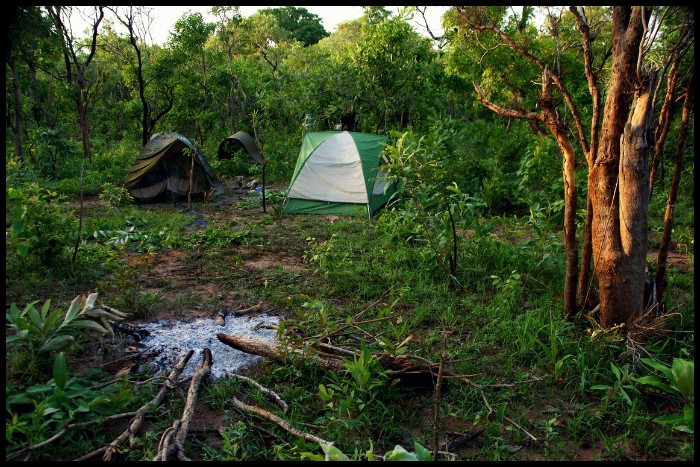
12. Ask About Cancellations
Sometimes, you might be able to make on-the-fly modifications to your itinerary or permit when you arrive at the National Park.
Experienced campers may apply for a permit to camp or hike on a trail that isn’t the most popular in the park. They’re more likely to receive permission, but this has an added benefit.
Once you arrive at the National Park to hike your scheduled trail, you can ask if there’s any way that the rangers can help modify your permit.
Sometimes, they’ll have cancellations for the more popular destinations or people who didn’t show up. This isn’t something that you can always bank on, though.
Be prepared to stick with what’s written on your itinerary and permit, even if it isn’t necessarily what you want to do. Spending some time in the great outdoors at the National Parks is better than nothing at all!
Final Thoughts
Camping in National Parks is a great way to see the best of the United States. While it can be challenging to reserve dates, some planning and flexibility will go a long way toward making your trip easier.
Always be prepared to change your plans at the last minute, and you might get to go on your desired trip after all.
With some of these tips in mind, you’ll have an easier time on your next National Parks camping adventure.
